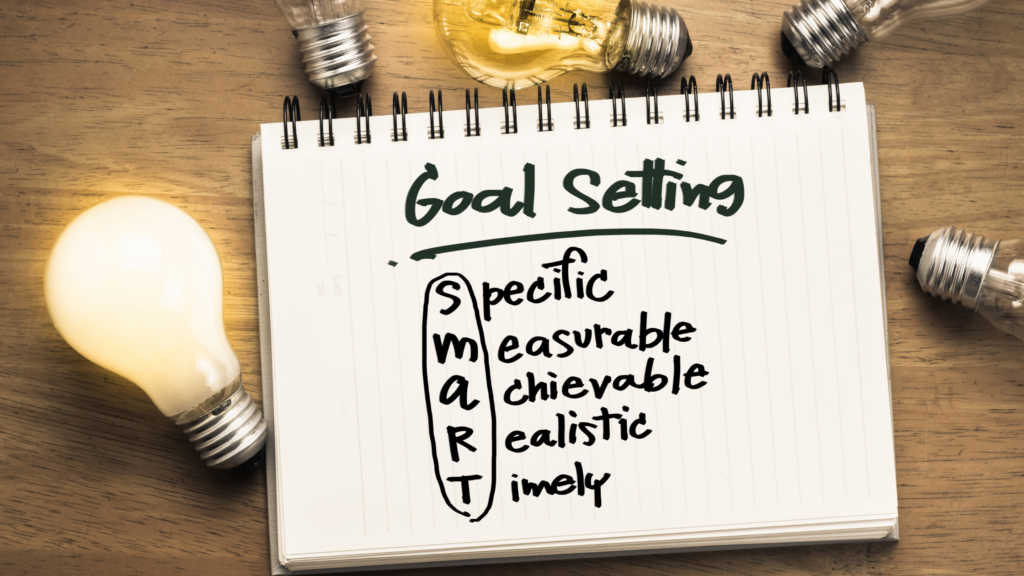
Effective goal setting is the foundation of personal and professional achievement. This comprehensive guide will transform your approach to setting and achieving goals, using proven frameworks and practical strategies.
Beyond SMART Goals
While SMART (Specific, Measurable, Achievable, Relevant, Time-bound) goals are well-known, let's explore advanced frameworks that ensure maximum achievement.
The SMARTER Framework
Enhancing SMART with:
- Evaluated - Regular assessment and adjustment
- Rewarded - Built-in recognition for milestones
The Goal Pyramid System
Level 1: Vision Goals
Your ultimate life vision - where you want to be in 10+ years. These guide all other goals.
Level 2: Strategic Goals
3-5 year objectives that bridge your vision with actionable steps.
Level 3: Performance Goals
Annual targets that move you toward strategic goals.
Level 4: Process Goals
Daily and weekly actions that ensure consistent progress.
The 80/20 Rule in Goal Setting
Identify the 20% of goals that will deliver 80% of your desired results. Focus intensely on these critical objectives.
Breaking Through Mental Barriers
Fear of Failure
Solution: Reframe failures as feedback. Set "failure quotas" - minimum number of attempts required before considering alternatives.
Overwhelm
Solution: Use the "Swiss Cheese" method - poke small holes in big goals through micro-actions.
Perfectionism
Solution: Set "good enough" benchmarks before pursuing excellence.
Goal Categories for Balanced Success
- Health Goals - Physical and mental well-being
- Career Goals - Professional growth and achievement
- Financial Goals - Wealth creation and management
- Relationship Goals - Personal and professional connections
- Personal Development Goals - Skills and knowledge acquisition
- Spiritual/Purpose Goals - Meaning and contribution
Advanced Goal-Setting Techniques
1. Backward Planning
Start from your end goal and work backward to identify necessary steps and timelines.
2. Keystone Habits
Identify habits that trigger positive effects across multiple life areas. Focus on developing these first.
3. Implementation Intentions
Use "if-then" statements: "If [situation], then I will [action]" to automate progress.
Tracking and Measurement
Create a goal dashboard that includes:
- Progress indicators
- Leading and lagging metrics
- Milestone celebrations
- Course correction triggers
Common Goal-Setting Pitfalls
- Setting too many goals simultaneously
- Focusing only on outcome goals, not process
- Neglecting to review and adjust regularly
- Not connecting goals to deeper values
Goal Achievement Action Plan
- Define your vision and values
- Set aligned goals across life categories
- Break down into actionable steps
- Create accountability systems
- Schedule regular review sessions
- Celebrate progress and adjust as needed
Remember: Goals are not just about achievement - they're about becoming the person capable of achieving them. Focus on identity transformation alongside result attainment.